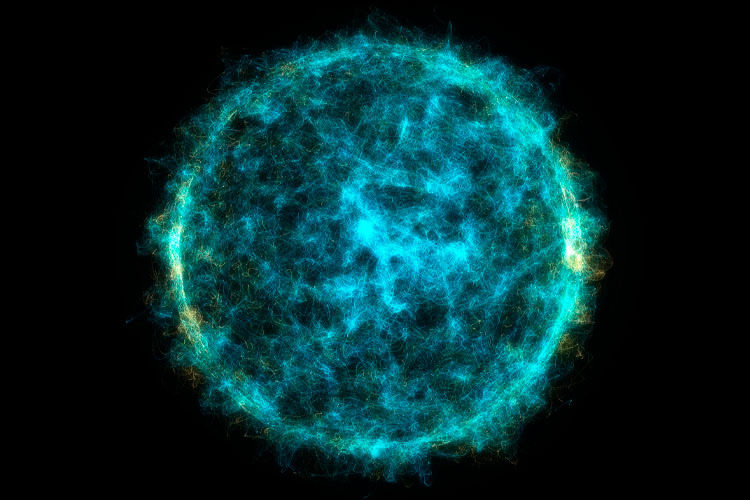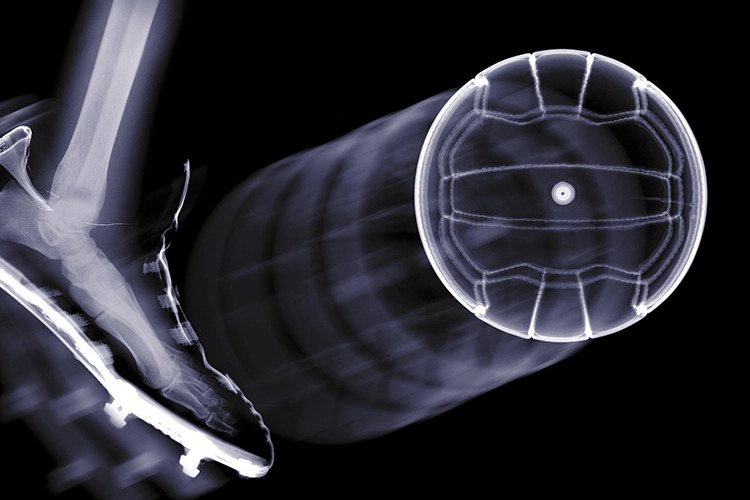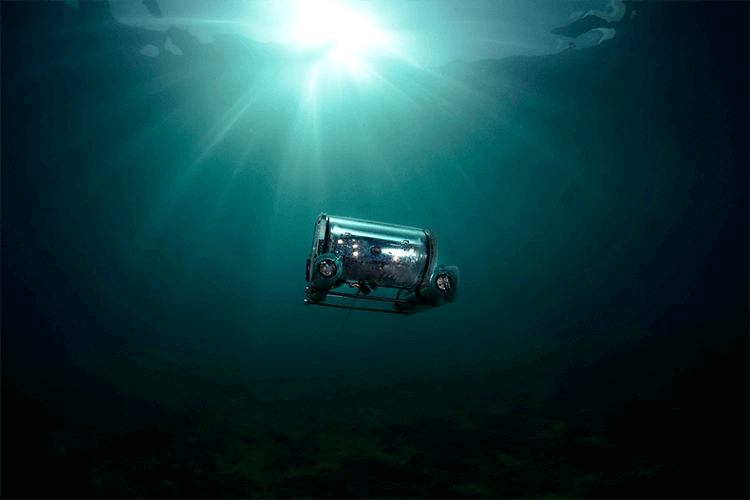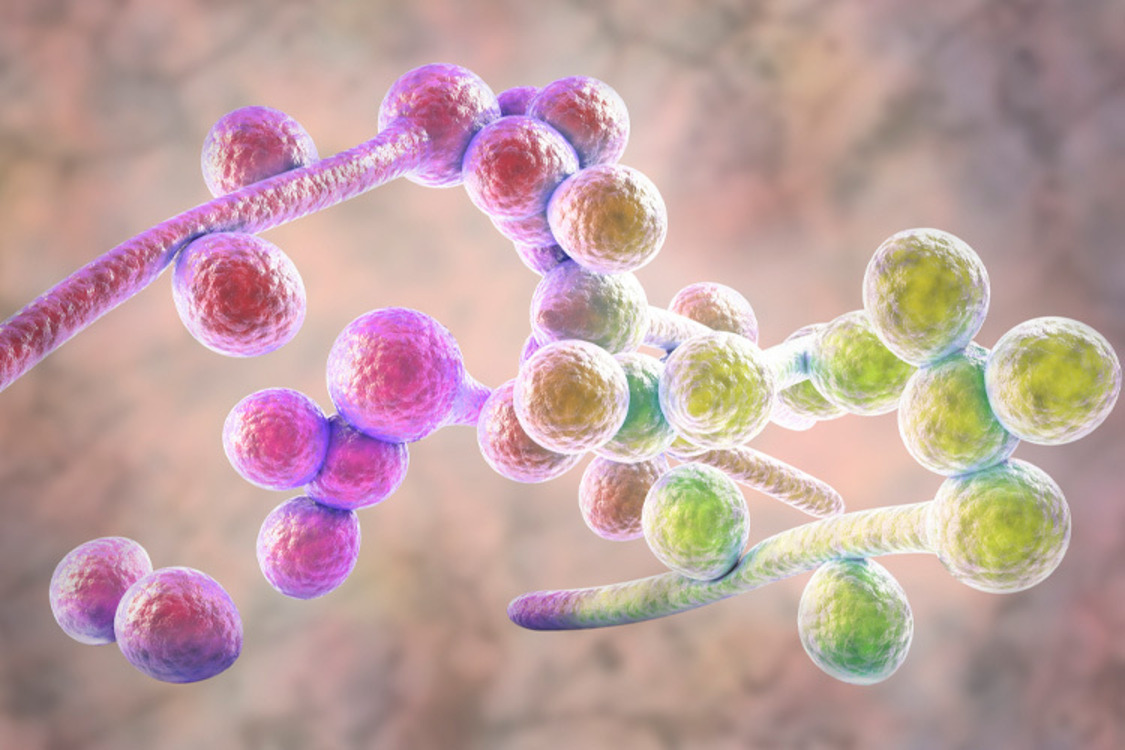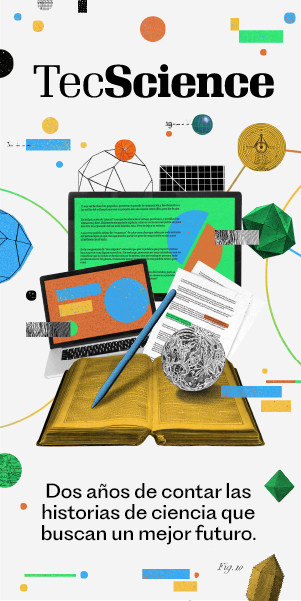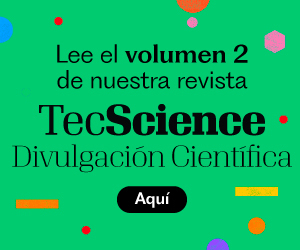In the not-so-distant future, doctors may be able to guide beams of light to isolate a single cancer cell from a drop of blood — no scalpels, no tubes; just light. And engineers could assemble microscopic machines the size of a speck of dust, not with tweezers or tools, but with projected light patterns that glide across a chip.
This isn’t science fiction. It’s a glimpse into what’s emerging from the labs of researchers studying the “invisible” forces that shape the smallest scales of our world.
Optical Tweezers for Moving the Invisible
At the heart of this emerging story lies an elegant idea: using light to move matter. This technology, known as optoelectronic tweezers (OET), enables scientists to manipulate microscopic particles—such as cells, droplets, even fragments of DNA—not through physical contact, but through carefully shaped fields of light.
Where light shines, tiny forces awaken, nudging particles in one direction or another. No physical hands required. The choreography unfolds in silence, unseen, yet with enormous potential.
And as with any delicate choreography, precision is everything. Light can’t simply shine—it has to paint. Scientists project patterns of light onto photoconductive surfaces that respond like a canvas, though one with hidden wiring.
These “virtual electrodes” appear wherever the light hits, creating localized electric fields that steer microscopic particles. But to predict how those particles will move, researchers must understand exactly how the light behaves once it arrives: how it fades, intensifies, and diffuses.
The Math That Explains Light
For years, researchers have relied on simplified assumptions about how light behaves—treating it as a perfect rectangle or an ideal bell curve. But nature, as always, is subtler than our first models.
In a recent study, our team at Tecnológico de Monterrey and Clemson University set out to challenge those assumptions. We wanted to know which light model actually matches reality.
What we found was a model known as the saturated Gaussian. It has a flat plateau in the center that gently tapers off at the edges—much like the way dawn light fills a room: not abrupt, not perfectly symmetrical, but soft and continuous.
We demonstrated that this model closely reflects how projected light truly behaves in optoelectronic systems—systems that turn light into electrical energy or vice versa—especially when using the digital projectors common in modern devices.
It’s a mathematical breakthrough and a step toward mastering the invisible. With more accurate light models, we can better control the electric fields that move cells and particles.
Applications of This Technology
Understanding and mathematically modeling how light behaves to manipulate microscopic matter—like cells or particles—more precisely is a major step toward more efficient medical diagnostics, allowing diseased cells to be isolated without harming healthy ones.
This insight also opens the door to smarter devices, such as “labs on a chip,” which can run fluid tests and deliver rapid diagnostics right in the palm of your hand. It paves the way for microscopic assembly lines, building structures too small for conventional tools but essential to the future of electronics, biology, and medicine.
The work further highlights a key difference between light-driven “virtual electrodes” and traditional metal electrodes etched on chips. While metal defines rigid boundaries, virtual electrodes offer smoother, more flexible control, extending electric fields gently and broadly—and in some cases, more effectively.
Grasping these distinctions could reshape how we design the tools of tomorrow.
From a single question about the shape of light, a much larger vision unfolds. By refining how we model a projected light beam, we edge closer to a future where biology, physics, and technology converge—and where light is not just something we see, but a tool to sculpt and shape the very fabric of the microscopic world.
.
Reference
Guzman‐Saleh, E., Perez‐Gonzalez, V. H., & Martinez‐Duarte, R. (2025). Comparing Different Light Models for Virtual Electrodes in Optoelectronic Tweezers. Electrophoresis.
.
Author
https://tecscience.tec.mx/es/divulgacion-ciencia/microfluidica-para-detectar-microparticulas/Víctor Hugo Pérez González. PhD in Information and Communication Technologies from Tecnológico de Monterrey. He is currently a research professor in the Strategic Research Group on Nanosensors and Devices, where he leads the Interface Science research group. He is a member of the National System of Researchers and a science communicator at TecScience.
